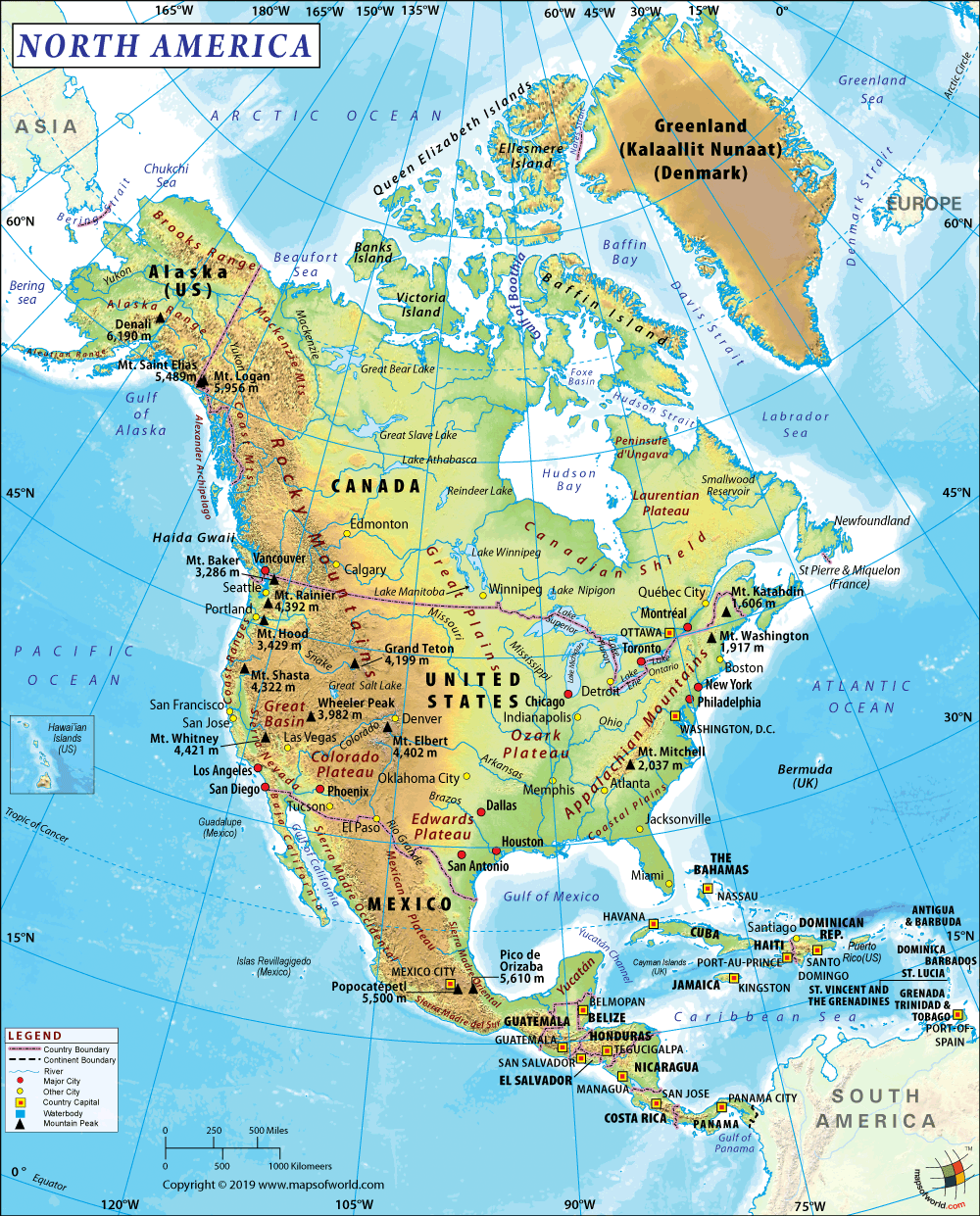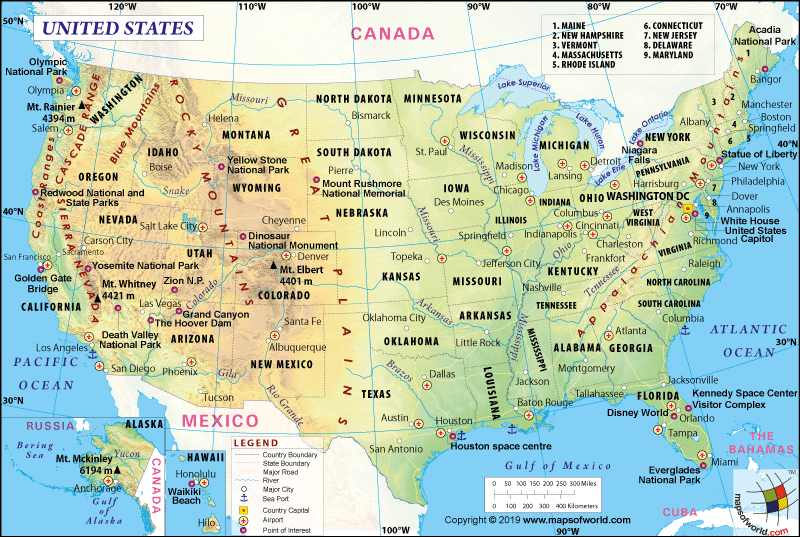What was The Industrial Revolution?

If we look at the history of industrialization around the world, the Industrial Revolution is broadly divided into two parts. The first Industrial Revolution refers to the period from 1760-1840 when the process of manufacturing goods using manual labor was replaced using machinery for production. At that time, Britain, a leading colonial power, found a growing market for goods in its colonies which also supplied it raw materials. Thus, the need to adopt cost-effective production techniques created the right conditions to trigger innovations in manufacturing, also known as the Industrial Revolution. The second wave of the Industrial Revolution occurred in North America and other parts of the world between 1870-1914.
What Factors Led to the Industrial Revolution?
Textiles was an important industry in Britain, which depended heavily on manual labor. Advent of new machines like the spinning jenny, which produced multiple spools of thread simultaneously and the power loom, which mechanized the cloth weaving process, revolutionized manufacturing. The invention of iron and steel further made it possible to develop tools, machines, ships and buildings. Finally, the steam locomotive provided the power to run the machinery and mass transport of goods by railways and macadam roads within Britain.
What was its Effect on Society?
Development that accompanied mechanization also transformed the way people lived and worked. For instance, adoption of technology for industrial production led to increase in employment opportunities for farm labor. However, larger production runs led to declining wages and a lowered standard of living for the factory workers. At the same time, increasing demand for products raised the standard of living for the factory- owners. Skills, rather than the ownership of a cottage industry, became an important resource to earn a living. This increasing income gap between the rich and the factory workers and pressure on limited resources due to incessant migration from rural areas to the cities, combined to foment unrest. It created challenges to the prevalent social order, more so because this period also coincided with the French Revolution of 1789.
Increasing Industrialization Around the World
Slowly the Industrial Revolution began to spread beyond the shores of the United Kingdom, in countries such as Germany, Sweden and Japan. Though the technology was often adopted from the UK, the pace of industrialization in each country was different. Around the same time, innovations in communications technology such as the telegraph made the spread of news and ideas possible. In the United States of America, Civil War (1861-1865) followed by Reconstruction raised demand for goods and opened large new territories that needed to be connected.
When did Industrial Revolution Reach the US?
Innovations in the railways that enabled mass transport of people and goods across vast distances led to the Second Industrial Revolution in the US between 1870-1914. Moreover, news spread about the US being the land of opportunity, which attracted migrants from Europe in large numbers.
Development of railroads and steamboats connected interiors of the country with the Atlantic coast, which facilitated direct shipment of goods. This opened large markets for farmers and producers, who had till then mostly lived and traded within an isolated community. As markets for commodities expanded, the barter economy began to be transformed into a market economy, based on money and even credit. Rising aspirations to enjoy a higher standard of living further fueled inventions such as the electric light, the telephone, and the typewriter. The invention of structural steel and elevators gave rise to the construction of tall buildings or skyscrapers.
While the US government protected domestic industry from competition, the combination of the ever-expanding railways, mining and factory production propelled America to the top spot globally. In 1913, it was producing one-third of the world’s industrial output.
The Growth of Capitalism
Meanwhile, the factory system created owners and managers who, in turn needed capital for factories and infrastructure. This requirement for investments led to the rise of financiers and bankers who set up the London Stock Exchange in 1770 and the New York Stock Exchange in the 1790s. In 1776, Adam Smith wrote The Wealth of Nations, promoting everything that the Industrial Revolution had given birth to – free enterprise, less government and private ownership of the means of production.
Related Links:
- What were the Wars and Revolutions that changed Nations?
- How deep are the 5 Great Lakes of North America?




